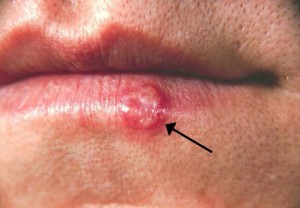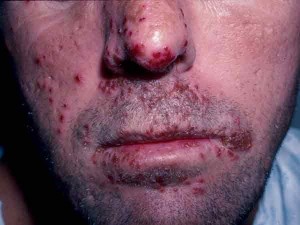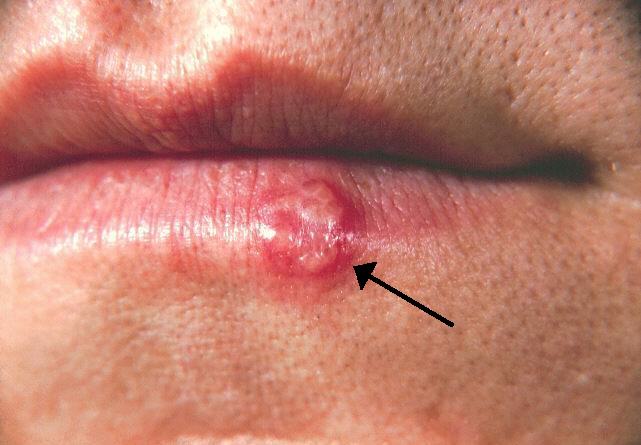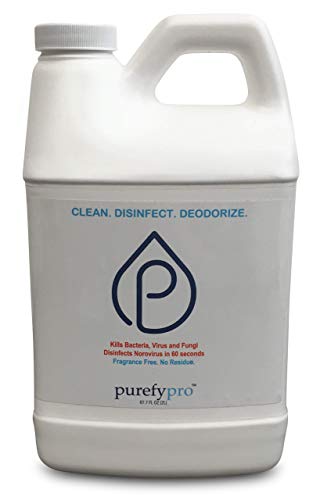As is often the case with microorganisms, and the diseases or infections they can cause, it is important to be specific in our language and our understanding to avoid making embarrassing, or even dangerous, errors in judgment and assumption. This can be particularly true in the case of the herpes viruses, which have a rather infamous reputation, which isn’t always warranted by the facts, although the infections that these viruses can cause do occasionally lead to severe disease, or worse. Thankfully, however, this is most often not the case and the reputation that these viruses carry is often worse than the reality for the vast majority of those exposed or infected.
All In the Family
The family of viruses known as the Herpesviridae, or the herpes viruses, is quite large and includes several well known viruses that are not often recognized, outside of the virology and medical professions, as being herpes viruses at all. The herpes viruses are numbered with Arabic numerals, 1, 2, 3, etc., although in some cases it is unusual to refer to the viruses in this way, while in other cases it is routine. For example, Human Herpes Virus 1 (HHV-1) is the common virus that mostly causes cold sores, but which can in fact appear anywhere on the body, including in the genitals, although most cases of genital herpes are caused by HHV-2, or herpes simplex type 2. But HHV-3 is much more commonly known as Varicella Zoster, or the chicken pox virus! But it too is actually a herpes virus. HHV-4 is usually known as Epstein-Barr Virus, the agent that causes mononucleosis, the “kissing disease” common among young adults. HHV-5 is usually known as cytomegalovirus, which in most people causes a mild illness similar to the flu, but in immune compromised people it can be deadly or a cause of blindness. It can also be dangerous to pregnant women as well. HHV-6 and HHV-7 are not well understood but both are believed to potentially cause the childhood illness known as roseola, a usually mild infection that resolves quickly. HHV-8 is believed to cause the rare skin cancer known as Kaposi’s Sarcoma, a disease that rose to prominence and which was much feared in the early days of the AIDS epidemic as it commonly appeared in immune compromised people and was often disfiguring or deadly. Otherwise, it usually only appears in older men, mostly of Mediterranean descent. If one were to include all the herpes viruses that infect animals, but not humans, the count would rise to about 130 known viruses! No matter how you count it, the family of the herpes viruses is large!
Simply Simplex
As the name similarity implies, herpes simplex virus type 1 (HSV-1) and herpes simplex virus type 2 (HSV-2) are closely related, although not identical. Until recently, it was very difficult to tell them apart from simple blood tests. It used to require active disease with lesions for the test to distinguish between them, although now this is no longer necessary. Distinguishing between the two is not usually clinically relevant as the treatment is the same for both types. Treatment can reduce the appearance and severity of symptoms, but it is not a cure. Infected persons are still capable of transmitting the virus even if they are on treatment and even if no active lesions, or blisters, are present.
HSV-1
HSV-1 is usually the milder of the two infections but it is very common in the United States and elsewhere, with up to 95% of adults having been exposed at some point to HSV-1, usually in childhood and often as the result of the innocent kiss by an adult to a baby. Most commonly HSV-1 manifests on the face and is usually known as a “cold sore” although it has no direct relation to a cold virus. Bodily stress, as might happen with other infections such as cold viruses, can make the virus more likely to activate and cause an outbreak and this is likely the source of the common name. In general, the first outbreak is the worst and many people never experience another during their lifetime. In a small number of people, the virus reactivates more frequently and oral medication can help prevent this. While HSV-1 is usually on the face or lips, it can appear anywhere on the body if exposure occurs.

